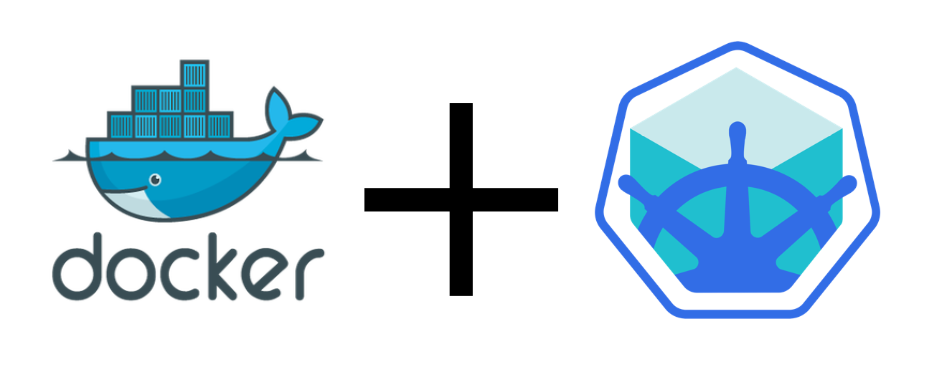Understanding Minikube docker-env Command
Learn how the minikube docker-env command integrates your local Docker environment with your minikube cluster for seamless development and testing.
Learn how the minikube docker-env command integrates your local Docker environment with your minikube cluster for seamless development and testing.
If you're looking to run Docker containers without relying on Docker Desktop, Minikube offers a lightweight and convenient solution. Minikube allows you to set up a local Kubernetes cluster, and by utilizing the minikube docker-env command, you can configure your shell to directly interact with Minikube's Docker daemon. This means you can use familiar Docker commands to manage containers within your Minikube environment.
Minikube lets you run Docker containers without Docker Desktop. The minikube docker-env command gives you environment variables to configure your shell to use Minikube's Docker daemon.
minikube start.minikube docker-env to see the necessary environment variables.eval $(minikube docker-env)docker ps to confirm you're connected to Minikube's Docker. You should see containers running in your Minikube cluster.Now you can use Docker commands as usual, and they'll interact with your Minikube cluster instead of needing Docker Desktop.
This guide explains how to use Minikube's Docker daemon instead of Docker Desktop. First, start Minikube. Then, get the necessary environment variables by running 'minikube docker-env'. Copy and paste the output into your terminal and execute it, or use 'eval $(minikube docker-env)'. Verify the setup by listing running Docker containers with 'docker ps'. You can now use Docker commands as usual, with the commands being executed within your Minikube environment. Remember to set the environment variables every new terminal session.
This example demonstrates how to use Minikube's Docker daemon for your Docker commands, eliminating the need for Docker Desktop.
1. Start Minikube:
minikube start2. Get Environment Variables:
minikube docker-envThis command will output environment variables similar to:
export DOCKER_TLS_VERIFY="1"
export DOCKER_HOST="tcp://192.168.49.2:2376"
export DOCKER_CERT_PATH="/Users/youruser/.minikube/certs"
export MINIKUBE_ACTIVE_DOCKERD="minikube"
# To point your shell to minikube's docker-daemon, run:
# eval $(minikube -p minikube docker-env)
3. Set Variables:
Copy and paste the output from the previous step into your terminal and execute it. Alternatively, use the eval command for a more concise approach:
eval $(minikube docker-env)4. Verify:
Run the following command to list running Docker containers:
docker psYou should see containers running within your Minikube cluster.
Example Usage:
Now you can use Docker commands as usual. For instance, to build a Docker image:
docker build -t my-image .This command will build the image using Minikube's Docker daemon and store it within your Minikube environment.
Note:
eval $(minikube docker-env) every time you open a new terminal session to use Minikube's Docker daemon.docker-compose.yml files into Kubernetes YAML files for deployment on Minikube.minikube logs) and the status of your Minikube cluster (minikube status) for clues. The Minikube documentation and community forums are also valuable resources for troubleshooting.| Step | Action | Command | Description |
|---|---|---|---|
| 1 | Start Minikube | minikube start |
Starts the Minikube cluster. |
| 2 | Get Environment Variables | minikube docker-env |
Displays the environment variables needed to connect to Minikube's Docker daemon. |
| 3 | Set Environment Variables | eval $(minikube docker-env) |
Applies the environment variables to your current shell session. |
| 4 | Verify Connection | docker ps |
Lists running Docker containers, which should now reflect your Minikube cluster. |
In conclusion, Minikube provides a lightweight and efficient way to work with Docker containers without relying on Docker Desktop. By leveraging the minikube docker-env command, you can seamlessly integrate Minikube's Docker daemon with your shell, allowing you to use standard Docker commands within your Minikube environment. This approach offers flexibility and resource efficiency, making it a compelling option for developers seeking a streamlined local Kubernetes development workflow. However, it's essential to consider factors like resource consumption, data persistence, networking, and security when opting for this setup. By understanding the nuances and leveraging Minikube's capabilities effectively, developers can create a robust and efficient local development environment for their containerized applications.
 Pushing images | minikube | comparing 8 ways to push your image into a minikube cluster.
Pushing images | minikube | comparing 8 ways to push your image into a minikube cluster. Getting Started with Minikube & Docker Container Images, for testing ... | Intro
Getting Started with Minikube & Docker Container Images, for testing ... | Intro How I Work: Using Minikube Instead of Docker Desktop | The Problem
How I Work: Using Minikube Instead of Docker Desktop | The ProblemI don't want to use Docker Desktop to run containers on my Mac. I also want to run Kubernetes stuff and I want to use a more CLI oriented tool.
A Solution: minikube
I've been using minikube for a while now, it's worked perfectly as a means to
 Docker on MacOS via minikube (2022 edition) | Marco Lancini's Blog | How I've replaced Docker Desktop with minikube on my MacBook
Docker on MacOS via minikube (2022 edition) | Marco Lancini's Blog | How I've replaced Docker Desktop with minikube on my MacBook